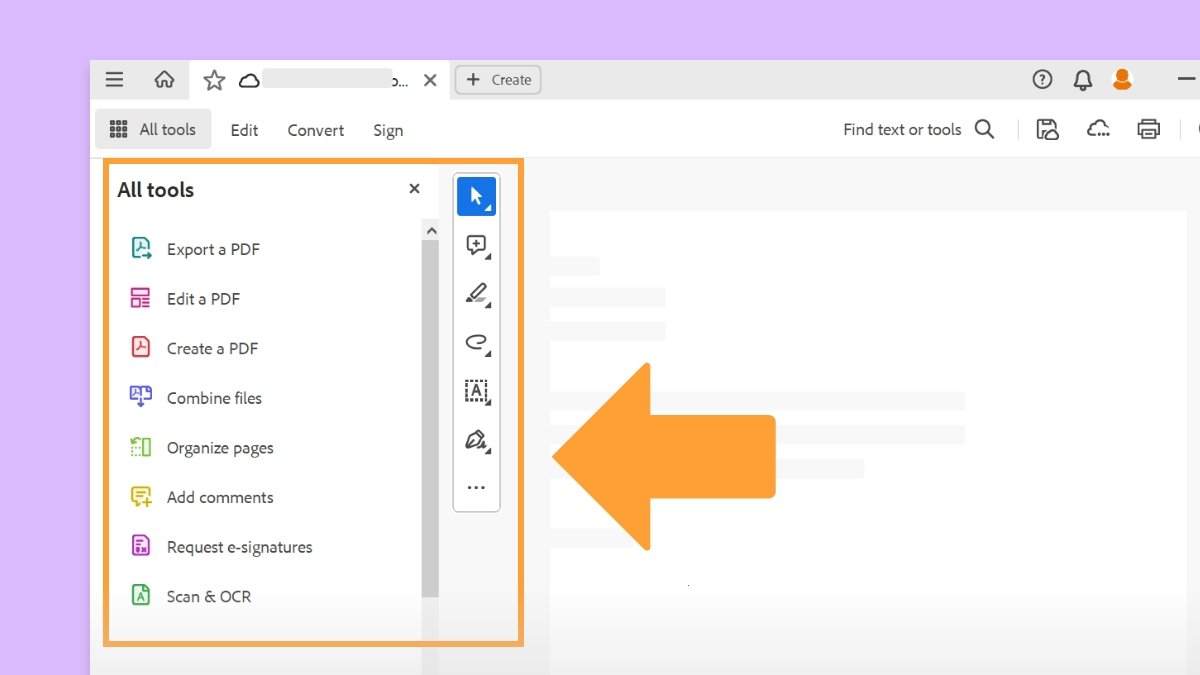Before you begin
We're rolling out a new, more intuitive product experience. If the screen shown here doesn’t match your product interface, select help for your current experience.
Before you begin
We're rolling out a new, more intuitive product experience. If the screen shown here doesn’t match your product interface, select help for your current experience.


Color management for online viewing differs greatly from color management for printed media. With printed media, you have far more control over the appearance of the final document. With online media, your document will appear on a wide range of possibly uncalibrated monitors and video display systems, significantly limiting your control over color consistency.
When you color-manage documents viewed exclusively online, Adobe recommends using the sRGB color space. sRGB is the default working space for most Adobe color settings, but you can verify that sRGB is selected in the Color Management option in the Preferences dialog box. With the working space set to sRGB, any RGB graphics you create will use sRGB as the color space.
When you export PDFs, you can choose to embed profiles. PDFs with embedded profiles reproduce color consistently under a properly configured color management system. Keep in mind that embedding color profiles increases the size of PDFs. RGB profiles are usually small (around 3 KB); however, CMYK profiles can range from 0.5 to 2 MB.
In a traditional publishing workflow, you print a hard proof of your document to preview how its colors look when reproduced on a specific output device. In a color-managed workflow, you can use the precision of color profiles to soft-proof your document directly on the monitor. You can display an onscreen preview of how your document’s colors look when reproduced on a particular output device.
Remember that the reliability of the soft proof depends upon the quality of your monitor, the profiles of your monitor and output devices, and the ambient lighting conditions of your work environment.
A soft proof alone doesn’t let you preview how overprinting looks when printed on an offset press. If you work with documents that contain overprinting, turn on Overprint Preview to accurately preview overprints in a soft proof.

A. Document is created in its working color space. B. Document’s color values are translated to color space of chosen proof profile (usually the output device’s profile). C. Monitor displays proof profile’s interpretation of document’s color values.

Open the PDF in Acrobat, then select All tools > more > Use print production. The Print Production tools are displayed in the left pane.
In the left-pane, select Output preview.
Select the color profile of a specific output device from the Simulation Profile menu in the Output Preview dialog box.
Select additional soft-proof options:
Simulate Black Ink
Simulates the dark gray you really get instead of a solid black on many printers, according to the proof profile. Not all profiles support this option.
Simulate Paper Color
Simulates the dingy white of real paper, according to the proof profile. Not all profiles support this option.
Simulate Overprinting Simulates the blending and overprinting of colors in the color-separated output.
Set Page Background Color Displays the page color. Select the colors box next to the name to choose the color.
When you create Adobe PDFs for commercial printing, you can specify how color information is represented. The easiest way to do this is using a PDF/X standard. For more information about PDF/X and how to create PDFs, search Help.
In general, you have the following choices for handling colors when creating PDFs:
(PDF/X‑3) Does not convert colors. Use this method when creating a document printed or displayed on various or unknown devices. When you select a PDF/X‑3 standard, color profiles are automatically embedded in the PDF.
(PDF/X‑1a) Converts all colors to the destination CMYK color space. Use this method to create a press-ready file that does not require further color conversions. When you select a PDF/X‑1a standard, no profiles are embedded in the PDF.
All spot color information is preserved during color conversion. Only the process color equivalents convert to the designated color space.
Work smarter with Acrobat on your desktop
Create, edit, and organize PDFs with powerful tools that help you stay productive anywhere.